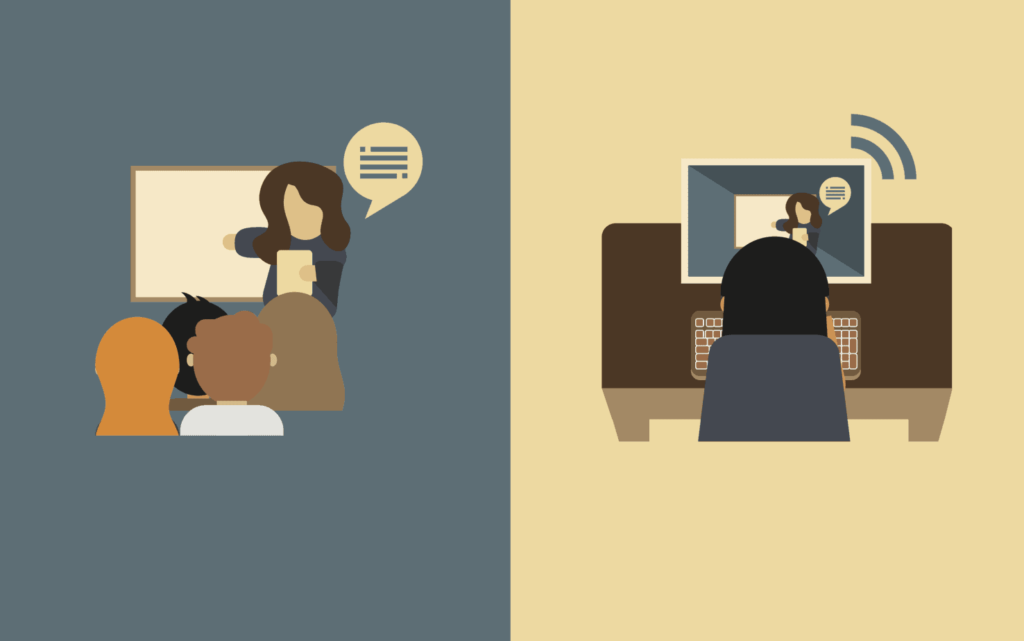Traditional and online learning models have their benefits and drawbacks, and it is essential to examine these factors before making a decision.

The field of education has undergone changes in recent years, with traditional classroom-based being replaced by online learning models. The growth of technology has transformed the way we teach and learn, giving rise to new opportunities for students and teachers alike.
Traditional Learning
It involves a physical classroom with a teacher and a group of students. This model has several benefits, including:
- Interaction: In traditional learning, students can interact with their teachers and classmates in real time. This helps to build a supportive learning community where students can ask questions and clarify their doubts.
- Structured learning: Traditional learning provides a structured learning environment with clear schedules, assignments, and deadlines. This helps to keep students focused and on track with their studies.
- Hands-on learning: Traditional learning involves hands-on learning experiences, such as experiments and group projects. This helps students to develop critical thinking and problem-solving skills.
However, traditional learning also has its drawbacks. These include:
- Limited flexibility: Fixed to a specific schedule and location, making it difficult for students with other commitments to attend classes.
- Higher costs: Traditional learning involves costs such as tuition fees, transportation, and accommodation, which can be expensive.
- Limited access to resources: Available in the classroom, such as textbooks, library books, and classroom equipment.
Online Learning
Online learning, also known as e-learning, has become increasingly popular in recent years. This model of learning involves using digital technologies to access educational resources and interact with teachers and classmates. Online learning has several benefits, including:
- Flexibility: Online learning provides students with greater flexibility to study at their own pace and in their own time. This makes it easier for students with other commitments, such as work or family, to study.
- Lower costs: Online learning is often more cost effective than traditional learning, as it eliminates costs such as transportation and accommodation.
- Access to a wide range of resources: Online learning provides students with access to a wide range of digital resources, including e-books, videos, and online forums.
However, online learning also has its drawbacks. These include:
- Limited interaction: Online learning can be a solitary experience, as students may not have the opportunity to interact with their classmates and teachers in real time.
- Limited hands-on learning: Online may not provide students with experiences, such as laboratory experiments or group projects, which develop critical thinking and solving skills.
- Dependence on technology: Online learning is dependent on technology, which can be unreliable and subject to technical difficulties.
Conclusion
Both traditional and online learning models have their benefits and drawbacks. Learning provides a structured environment with real-time interaction and hands-on learning experiences, but it can be inflexible and expensive.
Ultimately, the choice between traditional and online learning models depends on individual circumstances and preferences. Some students may prefer the learning model, while others may prefer the flexibility and convenience of online learning. 바카라사이트
Be First to Comment